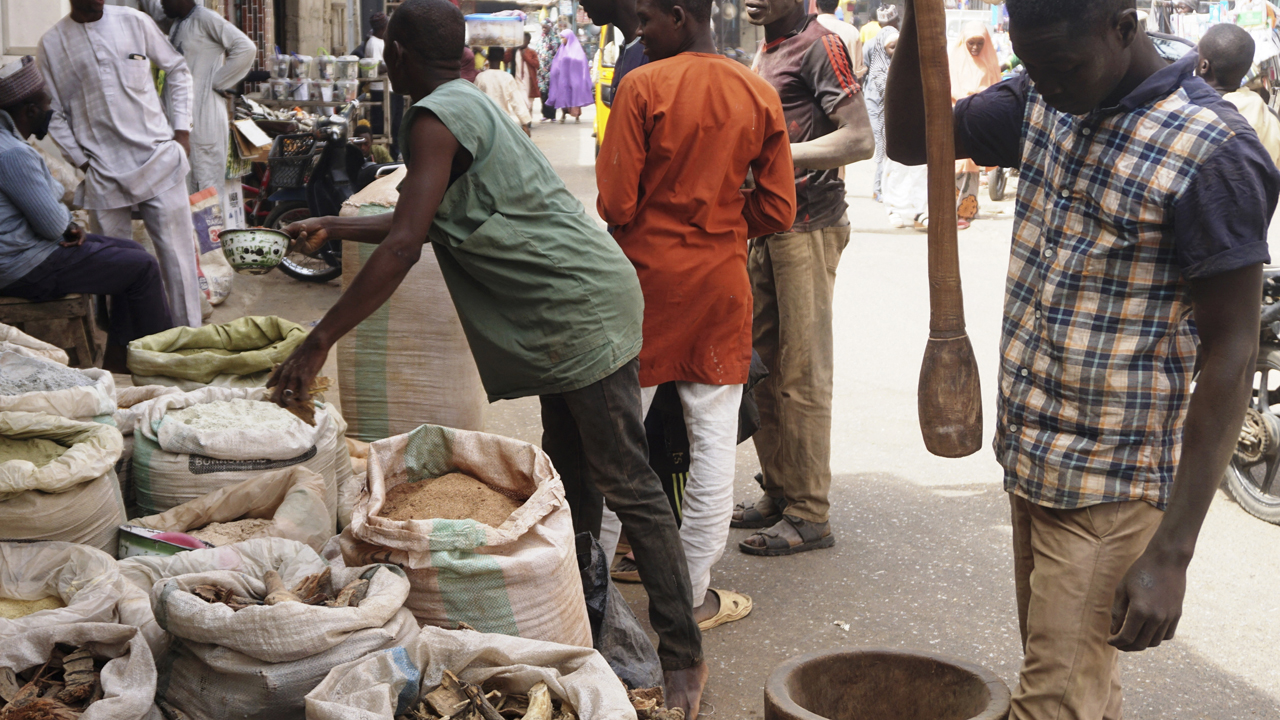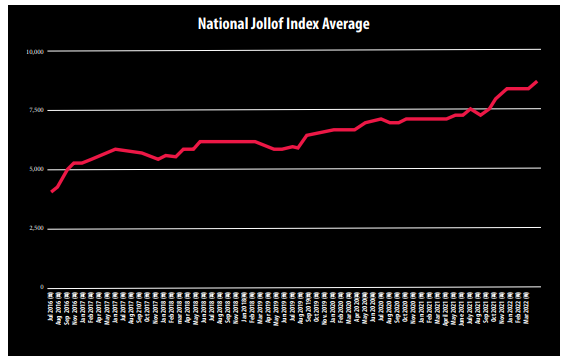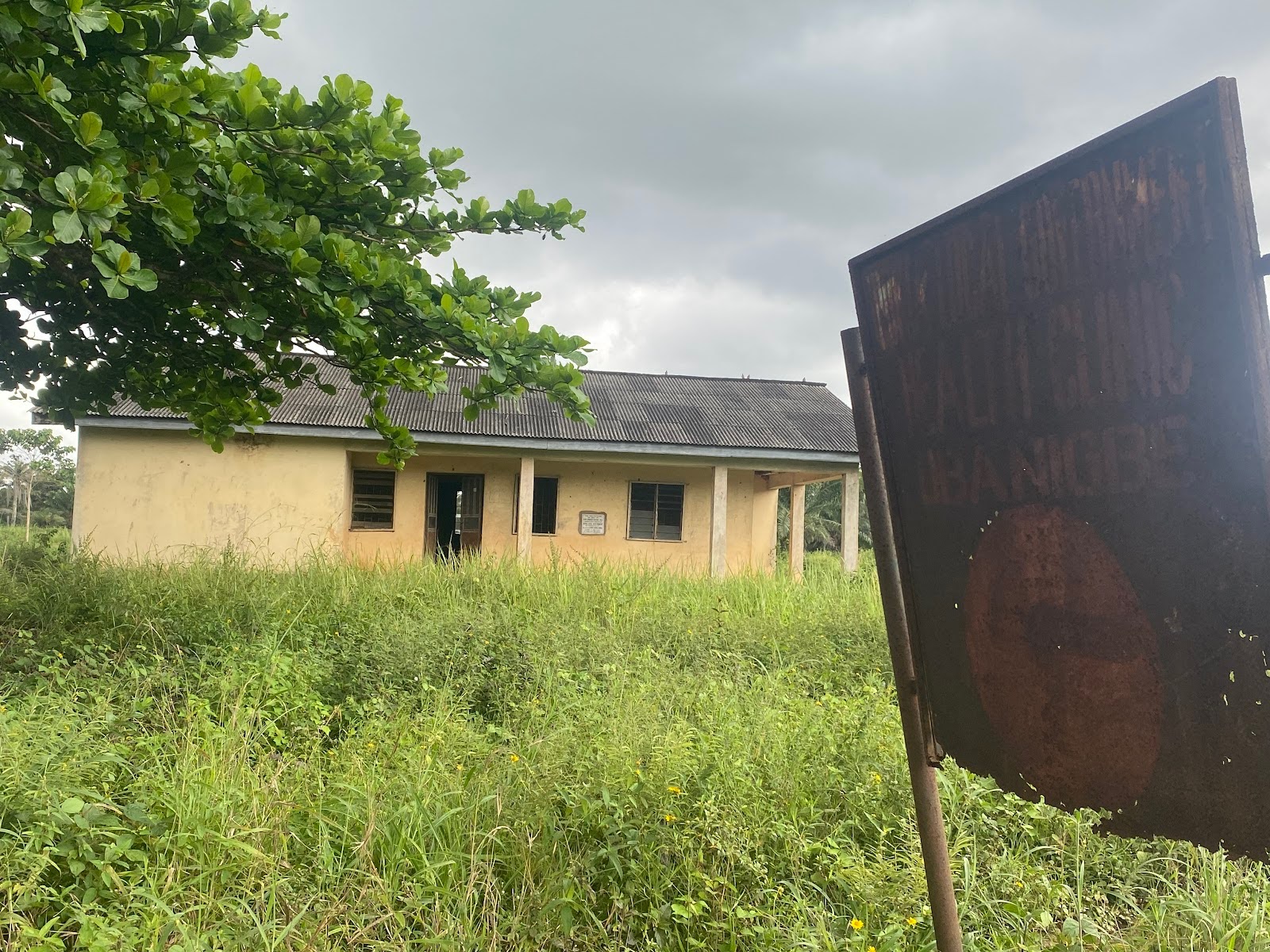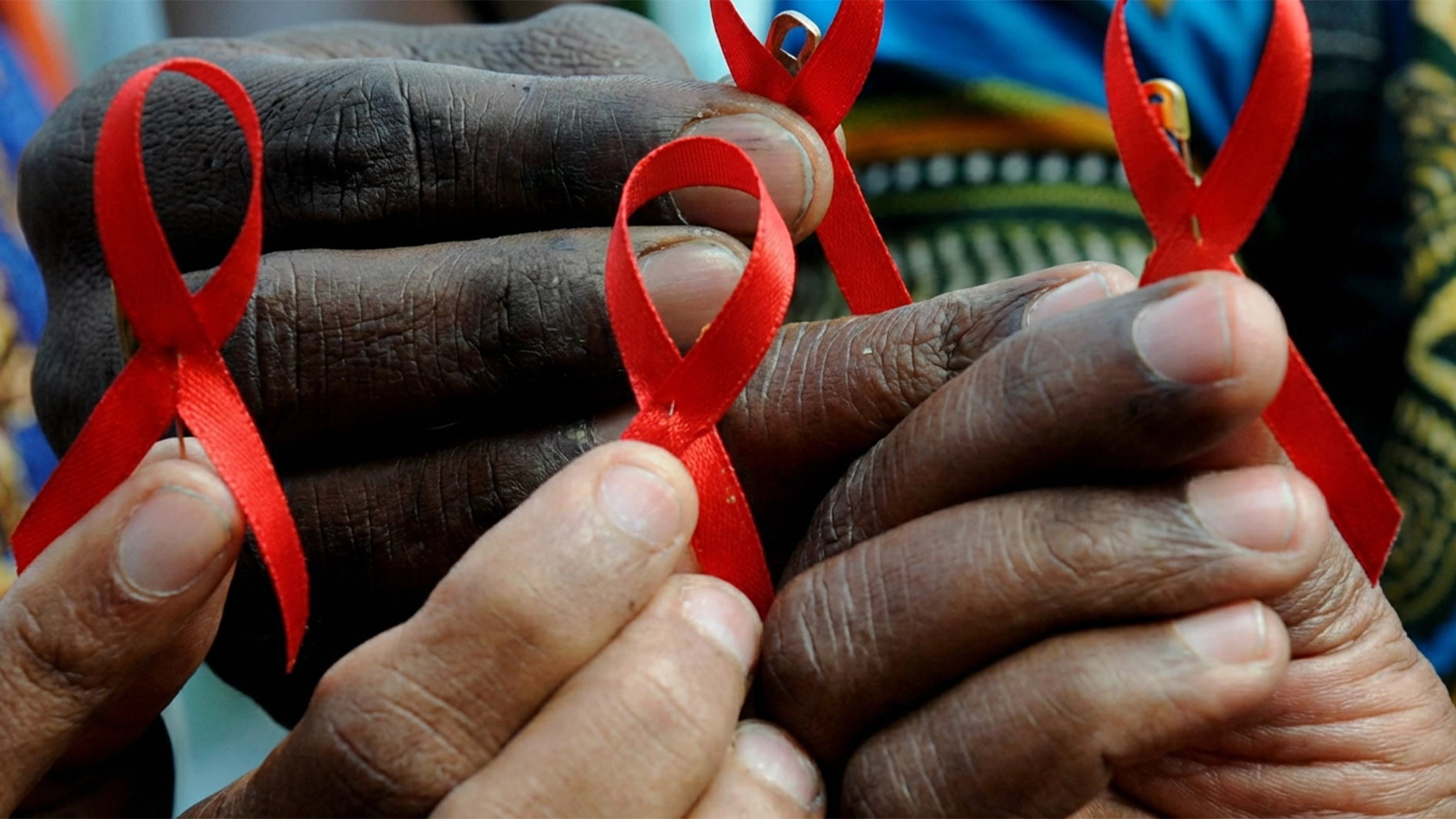
On April 22, one of Nigeria’s best-known fast-food chain restaurants, Chicken Republic, announced the addition of a new meal to its menu. The ‘Egg Star’ is a simple dish that consists of rice, stew, and an egg that costs just N500.
The reactions that followed the announcement were mostly hilarious yet poignant commentaries on how inflation is impacting purchasing power and food consumption patterns in Africa’s biggest economy.
Chicken Republic’s decision to include just an egg in the meal is an outlier. But it can be clearly understood within the Nigerian economic context. Earlier in the month, a Lagos-based research firm reported how spiking costs of basic food items is forcing families to find cheaper sources of protein.
Even the jollof rice, an avowed national dish, is losing ground to a water-down version of its rich self.
SBM Intelligence, a Lagos-based research firm published its latest Jollof Index report for Q4 2021 and Q1 2022. The SBM Jollof Index provides a simple explanation for food inflation by using a delicacy that is common to all Nigerian households–Jollof Rice. The Jollof Index is compiled using the information on the most popular ingredients used to prepare Jollof rice.
According to this index, many consumers are finding it increasingly difficult to add protein to their meals.
“Dietary requirements and food quality are no longer concerns for most consumers. Their concerns are more around food quantity as that is what most consumers’ income can afford considering the fact that about half of the population are below the poverty line,” the report stated.
It is not surprising that consumer behaviour is changing as “the average cost of making a pot of jollof rice for a family of five went up from ₦8007.50 in Q3 2021 to ₦8595 at the end of Q1 2022, a 7.3% increase,” the SBM report stated.
Consumers now go for affordable food items as opposed to preferred food items neither can they buy in bulk due to reduced purchasing power.
According to the index which takes the average prices of basic food items in 13 major markets across Nigeria’s six geopolitical zones, prices of ingredients for making jollof rice – rice, curry, thyme, seasoning, groundnut oil, turkey/chicken (poultry), beef, pepper, tomatoes, salt, and onions – which are used daily in most Nigerian kitchens have increased significantly.

This increase can be attributed to heightened insecurity, petrol scarcity, increase in diesel prices, and incessant light outages which affect food storage; all of which we have witnessed this year.
According to the SBM report, only January witnessed a drop in food prices, but this was not in any way positive as traders had to, because of poor food storage, sell off the stock they acquired in anticipation of bigger sales during the festive season.
More importantly, It is disturbing that a country, whose major form of food storage is refrigeration, battles poor electricity supply. This year alone, the national grid has collapsed multiple times. And even the alternatives, petrol and diesel, which are known to cause a major increase in the cost of food production, are not readily available.
Even more worrisome is the fact that Abuja recorded the highest cost of preparing jollof rice for a family of five at ₦10,900. One would not expect this considering that Abuja is close to places where some of these ingredients like onions and tomatoes are planted.
So, this brings to bear the worsening state of insecurity in the country. Highways, trains, and airports have all been attacked by terrorists in recent times. Kidnap-for-ransom has been on the increase, farmers are being killed in their numbers by Fulani herdsmen and the result of all these is that “arable lands are increasingly left unplanted and farmers have not been farming”, the report stated adding that “insecurity also affects the transportation of food from nearby northern states to Abuja”.
It is not only Abuja that feels the heat of these spiking food prices. According to the United Nations’s Food and Agriculture Organisation (FAO), all North-East states are facing a food crisis. The North West is affected by inadequate food storage and spiking insecurity, the South East is threatened by the sit-at-home protests and the South West is threatened by increased transport cost.
Nigeria is battling worsening insecurity, food supply shortages owing to unsafe distribution routes, power failure, continued import of refined oil products which affects price and quality, and the spillover effect of the Russia-Ukraine war which has caused a shrink in the availability of fertilisers and wheat – the product used in making rice substitutes like pasta and noodles.
“The FAO has reported that 14.4 million people in Nigeria are already in a food crisis, and another five million are likely to be added to this number by August,” the SBM report said
At this point, the government needs more than policies to address this situation. If not, consumers might be forced to modify their consumption habits in more detrimental ways and possibly threaten citizens’ collective existence in the face of an imminent acute hunger crisis.
[ad unit=2]






